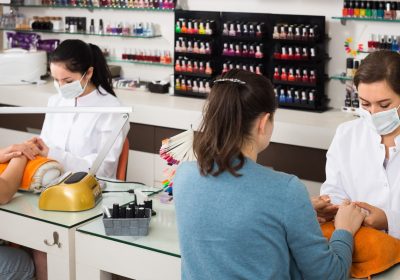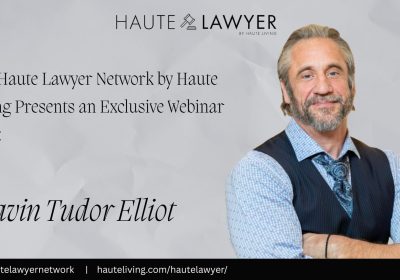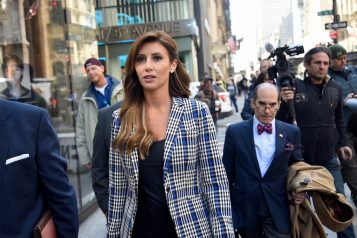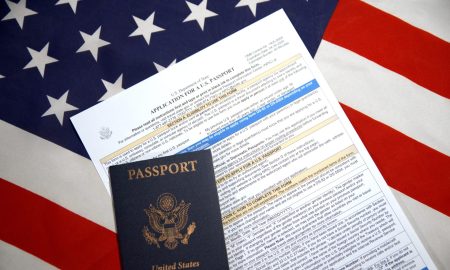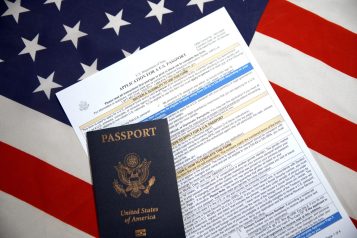In the realm of slip and fall accidents, legal professionals are well aware of the often overlooked or hidden dangers that can lead to serious injuries. Yosi Yahoudai, founder and managing partner of J&Y Law, is renowned for successful representation. On this comprehensive guide, he sheds light on the passive analysis of these dangers and subsequently explores the strategies employed to build a robust case, the challenges faced in proving negligence, and the decision-making process between settlement and litigation.
 Photo Credit: Andrey_Popov/Shutterstock
Photo Credit: Andrey_Popov/Shutterstock
Identifying Hidden Dangers
- Wet or Slippery Surfaces: Instances such as spills in public places or recently cleaned floors without warning signs pose significant risks.
- Uneven Surfaces: Uneven sidewalks, parking lots, or flooring, coupled with poorly maintained walking surfaces, contribute to potential hazards.
- Inadequate Lighting: Poorly lit areas impede visibility, making it challenging for individuals to identify potential dangers.
- Clutter or Obstacles: Walkways obstructed by objects or clutter, as well as cables or cords across paths, present additional risks.
- Lack of Handrails: Absence or poor maintenance of handrails on stairs or ramps increases the likelihood of accidents.
- Weather Conditions: Failure to address icy or snowy conditions, along with negligence in clearing walkways during adverse weather, heightens the risk of slips and falls.
- Defective Flooring or Mats: Loose or torn carpets and mats, along with slippery or improperly secured flooring materials, contribute to potential dangers.
- Negligent Maintenance: Failure to promptly address maintenance issues and ignoring necessary repairs for walking surfaces can lead to accidents.
- Stairway Hazards: Broken or uneven steps and the lack of non-slip surfaces on stairs contribute to slip and fall risks.
- Negligence in Public Places: Failure to post warning signs and inadequate maintenance in public areas, such as shopping malls or supermarkets, can pose dangers.
Building a Strong Case
- Thorough Investigation: Gathering evidence through surveillance footage, witness statements, and photographs of the accident scene.
- Preservation of Evidence: Timely preservation of evidence, maintaining the accident site, and securing relevant documents.
- Expert Analysis: Engaging experts to analyze conditions leading to the slip and fall, including premises liability, safety regulations, or accident reconstruction.
- Medical Documentation: Reviewing medical records to establish a clear link between the accident and injuries sustained.
- Establishing Negligence: Demonstrating property owner negligence in maintaining the premises.
- Building a Timeline: Creating a timeline of events leading to the accident, emphasizing prior complaints, maintenance requests, or incidents indicating negligence.
- Interviewing Witnesses: Gathering statements from witnesses present at the time of the accident.
- Reviewing Maintenance Records: Examining maintenance records to identify lapses or irregularities in property upkeep.
- Adherence to Safety Standards: Assessing property owner adherence to relevant safety standards and regulations.
- Documenting Injuries: Thoroughly documenting the extent of injuries suffered, including medical reports and treatment plans.
- Legal Research: Staying informed about relevant case law and legal precedents.
- Calculating Damages: Thoroughly calculating damages incurred by the injured party.
Proving Negligence
- Lack of Direct Evidence: Establishing actual knowledge of the hidden danger can be challenging.
- Transient Nature of Hazards: Hidden dangers may be transient, making it difficult to prove their existence.
- Difficulty in Proving Causation: Establishing a clear link between the hidden danger and the slip and fall incident can be challenging.
- Disputes Over Notice: Property owners may dispute reasonable notice of the hidden danger.
- Comparative Negligence: Defendants may argue that the injured party was responsible for the accident.
- Challenges with Witness Testimony: Witnesses may have varying perspectives on the events leading to the slip and fall.
- Inadequate Documentation: Lack of documentation makes proving negligence or awareness challenging.
- Weather Conditions: Weather conditions can complicate liability in outdoor slip and fall cases.
- Complexity of Premises Liability Laws: Navigating complex premises liability laws varies by jurisdiction.
- Limited Liability in Some Cases: Some property owners may argue unforeseeable circumstances leading to limited liability.
- Proving Constructive Notice: Establishing constructive notice can be challenging.
Settlement vs. Litigation
- Strength of the Case: Assessing the evidence and likelihood of success in court.
- Extent of Injuries: Considering the severity of injuries sustained by the plaintiff.
- Liability Issues: Evaluating the strength or weakness of liability arguments.
- Insurance Coverage: Examining the property owner’s insurance coverage.
- Costs and Time Frame: Accounting for costs associated with litigation and the time frame for resolution.
- Client’s Preferences: Taking into account the client’s willingness to go through a trial.
- Negotiation Dynamics: Considering the dynamics of settlement negotiations.
- Economic Realities: Evaluating the potential costs and benefits of litigation versus settling.
- Mediation: Exploring the possibility of alternative dispute resolution methods.
- Court Jurisdiction and Venue: Considering the influence of jurisdiction and venue on the decision-making process.

The passive analysis of slip and fall cases involving hidden dangers requires a meticulous approach, from identifying hazards to building a strong case and navigating the challenges of proving negligence. Lawyers must carefully weigh settlement versus litigation based on various factors to secure the best outcome for their clients. Attorney Yosi Yahoudai extends adept guidance in the complex legal landscape. For invaluable insights and expert counsel on compliance, connect at 1-877-735-7035 or via email: Yosi@JnyLaw.com.


